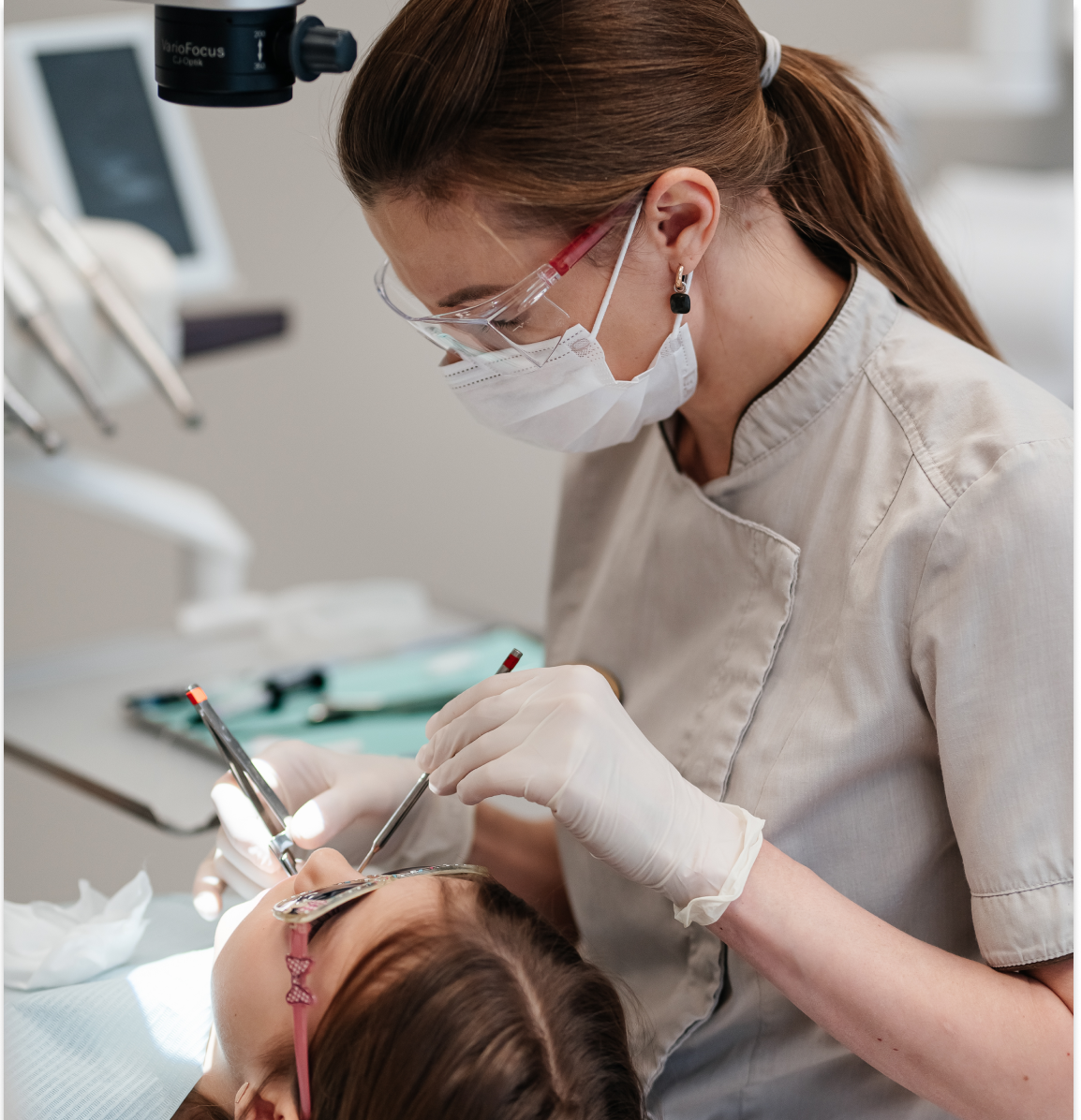Bone grafting, sinus elevator, bone augmentation
A sinus elevator is an operation in oral and maxillofacial surgery to increase bone volume. It is necessary when implanting teeth in the upper jaw and allows you to create a solid base for an implant longer than 10 mm, increasing the thickness and height of the jawbone.
Bone mass is increased by filling an artificially created cavity in the maxillary sinuses.

Indications for sinus elevator surgery
The main purpose of bone augmentation is to elevate the bottom of the maxillary sinus and fill the cavity with bone grafting material. This makes it possible to replenish the bone mass and create a solid foundation for subsequent implantation. A sinus elevator is required for patients with atrophied bone tissue in the upper jaw.
Key readings:
- The volume of bone between the alveolar process and the appendicular sinuses is less than 8 mm.
- Displacement of the paired sinuses closer to the oral cavity.
- Presence of a deep alveolar cove.
- Significant atrophic changes.
For patients with a long-term missing tooth, a sinus elevator is required in 85% of cases.
Types of sinus elevator
There are three main methods of sinus elevator surgery:
- Open or lateral sinus elevator: This method involves a complex surgical procedure to increase the height of the bone mass up to 8 mm.
- The rehabilitation process lasts at least 6 months and the main risk is the possibility of perforation of the maxillary sinus.
- Closed sinus elevator: A minimally invasive method used when the alveolar height is at least 6 mm. In this case, a one-stage implantation is often performed, which reduces the rehabilitation time.
- Balloon plasty method: Recommended for bone heights of 3-4.5 mm. Instead of bone-plastic material, a balloon is used, which is inserted through a special hole and air is injected to naturally peel off the mucosa and fill the cavity with connective and bone tissue. The procedure takes about an hour.
Подготовка к операции
Preparation for a sinus elevator includes an oral examination, evaluation of the teeth and mucous membranes. The doctor prescribes a CT scan of the jaw bones and an x-ray of the sinuses to determine the height, density and volume of the jaw bones in the area of implant placement. The patient’s clinical and vital history is also evaluated, and blood and urine tests are ordered if necessary.
Contraindications
Absolute contraindications:
- Neoplasms, polyps, oncology.
- Immunodeficiencies of various genesis.
- Pregnancy and lactation.
- Psychoneurological diseases, dependence on drugs or alcohol.
- Diseases of the cardiovascular system.
- Organ failure.
- Acute allergic reactions to drugs (anesthesia).
Sinus elevator is not performed in case of exacerbation of chronic maxillary sinusitis, anomalies of the maxillary sinuses, previous operations on the sinuses and jaw osteomyelitis. Also, this procedure is not repeated if there have been cases of implant rejection.
Treatment
advantages
Equipment and technology
Computed tomography for diagnosis and treatment under magnification can solve all problems
Highly qualified specialists
Doctors of the clinic are trained by leading dentists of the world, they are able to work with the most complicated cases
Sedation
A painless and comfortable treatment without stress and anxiety.

Our doctors
We work exclusively on the principles of evidence-based medicine and use protocols that have been repeatedly validated in scientific studies.

Book an appointment online







